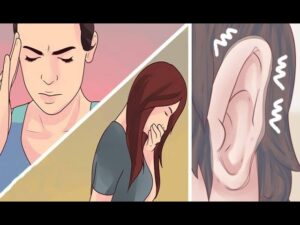The right of this video solely belongs to the owner (The McGraw-Hill Companies, Inc). Digestive System- The primary functions of the digestive system are the breakdown of food (called digestion) and absorption of nutrients. Digestion begins in the mouth, where the teeth break food into smaller particles during mastication. Salivary glands located near the oral cavity secrete saliva, which begins chemical digestion and keeps the food moist. As food is swallowed, the soft palate blocks the upper pharynx to prevent food from entering the nasal cavity, and multiple voluntary muscles in the face, neck, and tongue contract, pushing food particles through the pharynx. The food passes over the epiglottis, which prevents food entry into the respiratory system, and then into the esophagus, which connects the pharynx to the stomach. The one-way movement of the food mass, now called a bolus, is controlled by wave-like involuntary muscle contractions. This movement is known as peristalsis. The bolus now enters the stomach. Folds in the stomach wall called rugae allow for expansion as the stomach fills. Stomach cells secrete HCl (Hydrochloric acid), pepsinogen, and various regulatory hormones that chemically digest the bolus. Muscular contractions in the stomach churn its contents to further breakdown the bolus and mix it with stomach secretions to form a thick liquid called chyme. Chyme exits the stomach through the pyloric sphincter and enters the small intestine, the major site of nutrient absorption. The small intestine consists of three parts: the duodenum, jejunum, and ileum. Bile from the liver and digestive enzymes from the pancreas empty into the duodenum to aid in digestion. Absorbed nutrients pass from the lumen of the small intestine into blood and lymph. Chyme not absorbed in the small intestine enters the large intestine. As it passes through the cecum and ascending, transverse, descending, and sigmoid colon, water and salts are absorbed and chyme is converted into feces. The rectum stores feces until nervous stimulation initiates the defecation reflex, resulting in elimination through the anal canal.
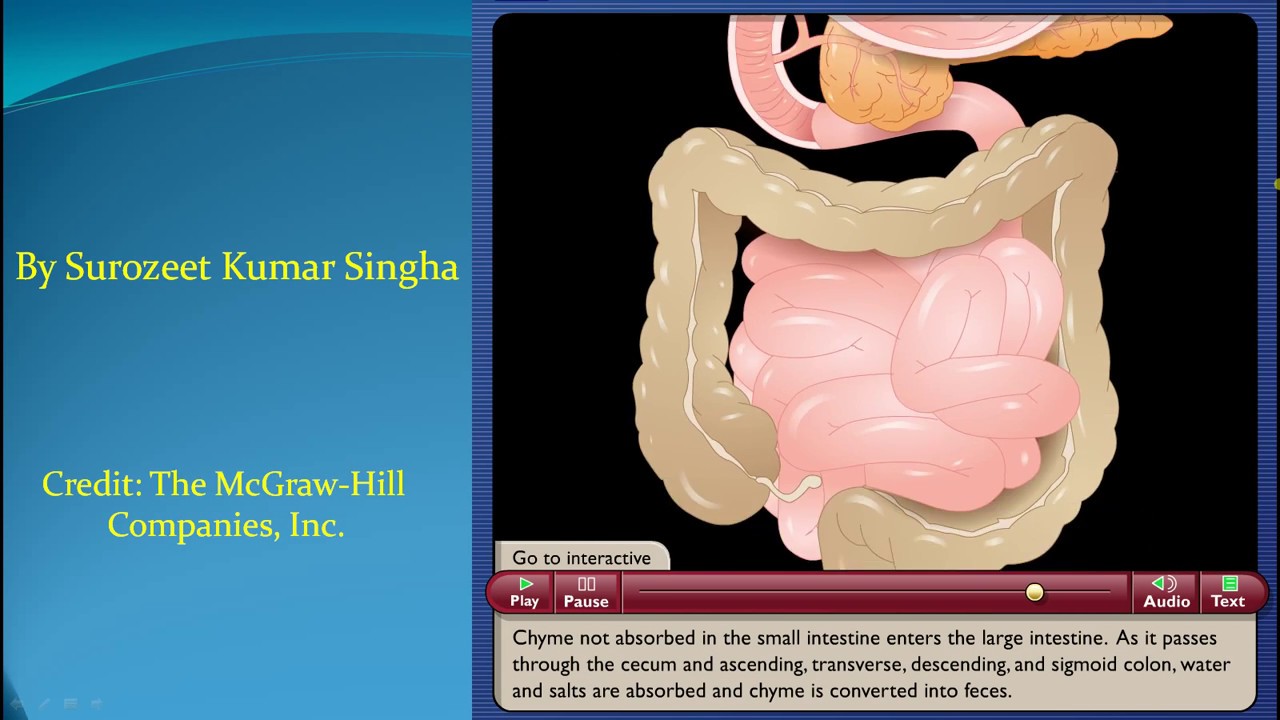
Digestive System
- Post author:
- Post published:May 1, 2021
- Post category:Uncategorized
- Post comments:0 Comments
You Might Also Like

chest/back pullover pecs and lats @ryan_spiteri gym beaston
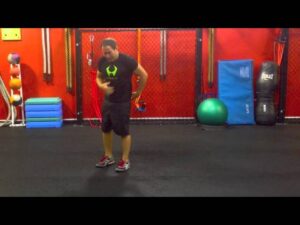
Burpee Exercise – How to do Perfect Burpees

World’s Best Fat Burner at CHEMIST SHOP | Cheapest | Guaranteed Result

How to make Miracle Drink Improve immune system

The Disturbing Truth about Vitamin Supplements – Sharp Science
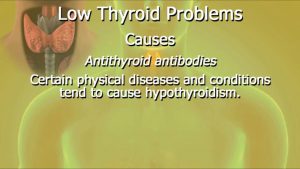
Low Thyroid Problems

The Truth about BCAAs…

Anatomy of the Lungs

Movement Diet – Ido Portal | London Real

Food Groups And Nutrition
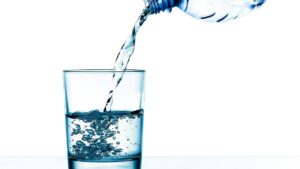
Overweight & Obesity Video – 17

CLOTHES for the “BODY TYPES”

OUTER Bicep Split | Seated Dumbbell Curls| Rob Riches
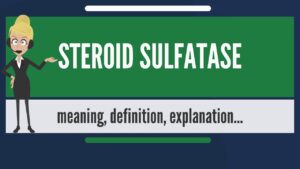
What is STEROID SULFATASE? What does STEROID SULFATASE mean? STEROID SULFATASE meaning & explanation

Special Population Exercise Video – 1

Insomnia Video – 2

Zenith Nutrition Silymarin Milk Thistle Review (Hindi)
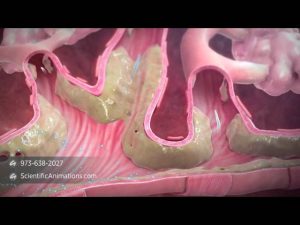
Pharmacology Mechanism of ActionMOA 3D Animation Demoreel

Biceps Hammer Curl | Biceps Exercise #2 | Fitness With Sangram Chougule

How to Lower Your Blood Pressure Naturally | Dr. Josh Axe

How to Do Rear Deltoid Rows

Top 7 Muscle Groups Women Love in Men. Build Muscle Faster DEMO.

Improve Endurance and Stamina in only 7 minutes a day
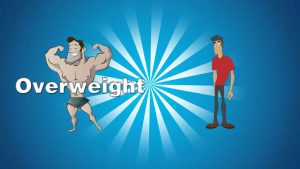
After Effect video BMI

Can steroids for muscle gain & painkillers lead to Kidney Failure? – Dr. Vidyashankar Panchangam

What Is Circuit Training? | Gym Workout

How To: Wall-Sit
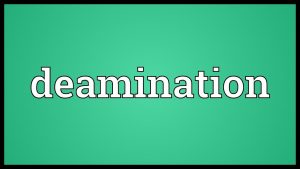
Deamination Meaning

The Benefits of a Warm Up and Cool Down

How to Chose Best Supplement Powder In India | Bodybuilding | BeerBiceps Fitness

Weightlifting Video – 3
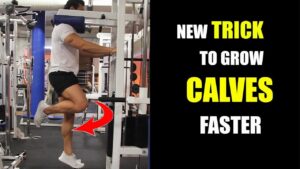
CALVES RAISE EXERCISE- Mistakes and a NEW TRICK to blast your calves 100%.
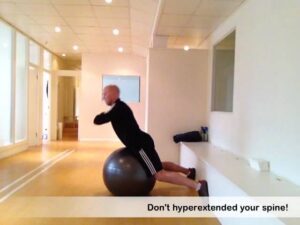
Swiss Ball Back Extension – Medium

Move Better at The Movement Project Group Training Program
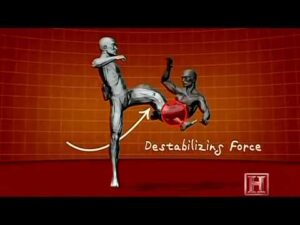
Taekwondo Video – 4

The Health Benefits of a Vitamin B Complex (Comprehensive Review)

What am I eating to BUILD MUSCLES? Full day of eating

What is Aerobic Exercise- Cardio and aerobics workouts

Pre Workout Drink | LEAN MODE by Guru Mann | Health and Fitness

Post Surgery Video – 6

Gynecomastia Treatment – Is There Any Medical Treatment?
